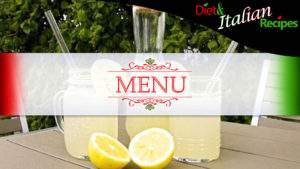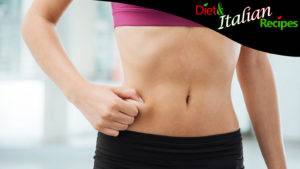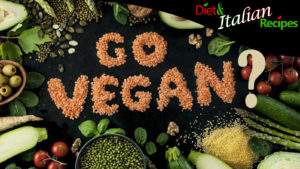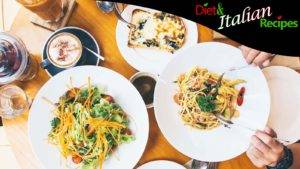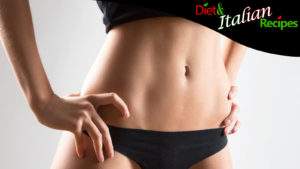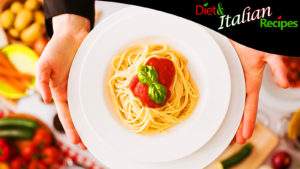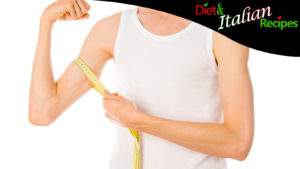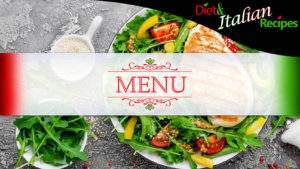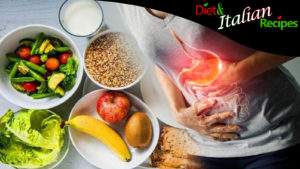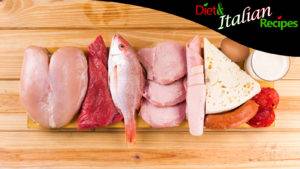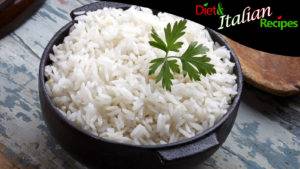If you also have esophagitis, which is inflammation of the esophagus, and you want a diet to alleviate the symptoms of reflux because you don’t know what to eat, this article will be very useful to you. It’s not easy to live with esophagitis symptoms, which is why it is recommended to follow a specific diet. In this case, let’s take a look at the diet for gastroesophageal reflux esophagitis and solve two problems in one move.
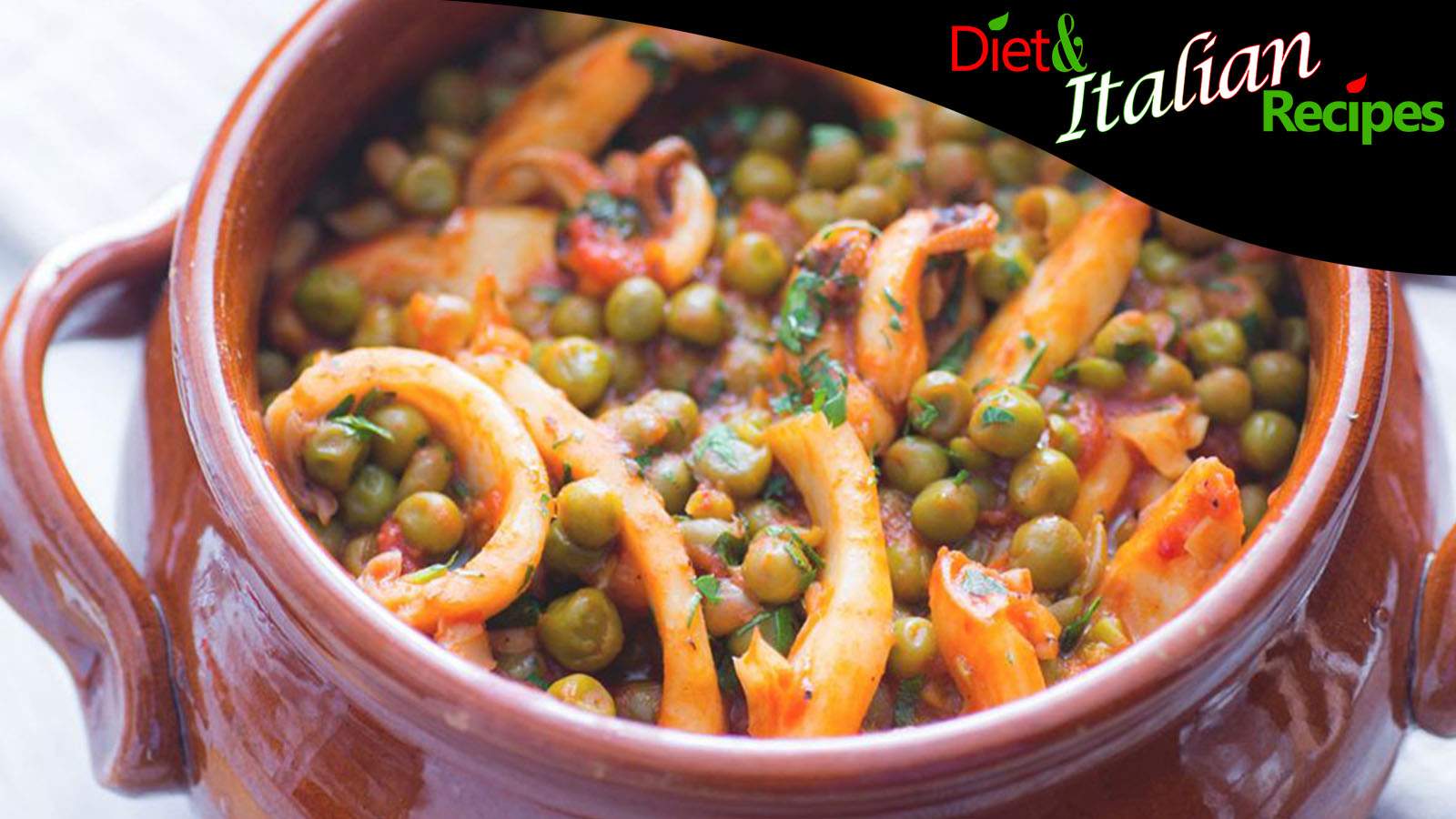
Reflux Esophagitis: Symptoms
Reflux Esophagitis: Diet – Esophagitis is characterized by painful swallowing to the point that it can also be accompanied by bleeding. Symptoms of esophagitis include: difficulty swallowing; painful swallowing; chest pain, especially behind the sternum; nausea and vomiting; abdominal pain; cough; and decreased appetite.
In addition to these esophagitis symptoms, symptoms of gastroesophageal reflux are also present, namely: sensation of a lump in the throat with difficulty swallowing; digestive difficulties, nausea; chronic laryngitis, cough, hoarseness, voice changes; hiccups; asthma; chest pain (similar to cardiac pain); middle ear infection; insomnia.
Anyone experiencing all these symptoms, or even just 75% of them, can be considered to have reflux esophagitis, although a medical diagnosis is always necessary. If reflux esophagitis is not promptly treated with appropriate measures, it can alter the structure and functionality of the esophagus. Let’s see how to alleviate the symptoms through a healthier diet and paying attention to what can be eaten in these cases.
How to Alleviate Gastroesophageal Reflux Symptoms
Reflux Esophagitis: Diet – Reflux esophagitis is actually the most common type. In practice, stomach acid flows back into the esophagus, causing a burning sensation in the throat. To alleviate gastroesophageal reflux symptoms and prevent esophagitis from becoming a serious health problem, here’s what to eat and what diet to follow.
Reflux Esophagitis Diet
When gastroesophageal reflux occurs and leads to esophagitis, here’s what to eat. Your reflux esophagitis diet aims to:
- Reduce excess weight if necessary.
- Learn to eat small, frequent meals. How? Divide the meals more evenly, reducing their volume.
- Eliminate beverages that promote gastric secretion, such as coffee, tea, carbonated drinks, and alcoholic beverages.
- Eliminate spices and hot chili pepper.
- Minimize consumption of very fatty meals and proteins that are poorly digestible (raw or overcooked).
- Minimize or eliminate very cold or very hot foods from your diet.
- Minimize the consumption of chocolate, mint, onions, and garlic.
Diet for Reflux Esophagitis: What to Eat
What should you eat for reflux esophagitis? Here are the essential foods to include in an anti-reflux diet:
- Low-fat dairy products such as skim milk, low-fat yogurt, partially skimmed cow’s milk ricotta, Parmesan cheese.
- Fresh seasonal fruits, for example: strawberries, tart cherries, apples (with the skin), kiwi.
- Carbohydrates, preferably: semolina pasta, whole grain rice, crispbread, whole wheat bread.
- Proteins from hard-boiled eggs, fish (baked sea bream, cod), lean meats (pork loin, veal).
- Sweeteners: honey.
- Vegetables: eggplant, zucchini, potatoes, beans, carrots, fennel, chickpeas, etc.
SHARE the information about the reflux esophagitis diet!
The information provided in the Diet and Italian Recipes articles is for INFORMATION ONLY and does not intend to replace the opinion of professional figures such as a doctor, nutritionist, or dietitian, whose intervention is necessary for the prescription and composition of personalized dietary therapies.
